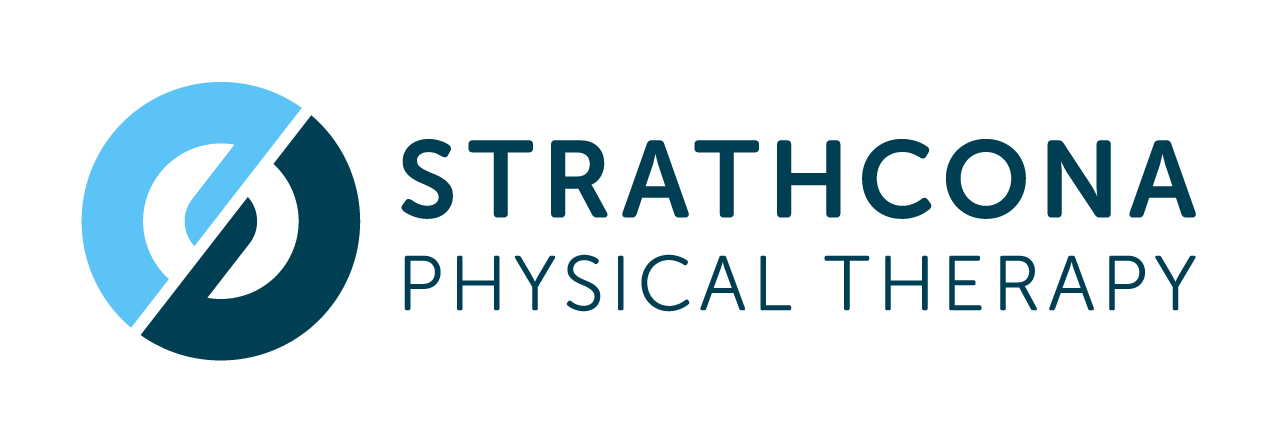Lumbar Spine Foraminal Stenosis and Its Physiotherapy Management
Understanding Lumbar Spine Foraminal Stenosis
Lumbar Spine Foraminal Stenosis is a condition characterized by the narrowing of the foramina, the openings in the spine through which nerves exit. This narrowing can lead to nerve compression, causing symptoms like pain, numbness, or weakness, primarily in the legs. It's often a result of age-related changes, but can also be caused by factors such as spinal injuries, arthritis, or disc degeneration.
Diagnosis of Foraminal Stenosis
Diagnosis is typically made through a combination of physical examination and imaging tests such as MRI or CT scans. These tests help in visualizing the extent of the narrowing and the affected nerves.
Physiotherapy Management Strategies
Physiotherapy is an essential component in the management of Lumbar Spine Foraminal Stenosis. The goals are to relieve pain, improve mobility, and strengthen the back to support the spine better.
Stretching and Strengthening Exercises: Tailored exercises help improve flexibility and strength in the back muscles, reducing the pressure on the nerves.
Manual Therapy: Techniques such as spinal manipulation or massage can be employed to reduce pain and improve functional mobility.
Posture Education: Proper posture education is vital in managing foraminal stenosis. It helps in reducing the stress on the spine and preventing further narrowing of the foramina.
Pain Management Techniques: active pain management strategies and education on holistic pain management modalities can help alleviate discomfort or functional dry needling can be used to manage pain effectively.
Lifestyle and Ergonomic Adjustments: Making ergonomic changes at the workplace and home, along with lifestyle modifications, can significantly help in managing symptoms and preventing exacerbation.
Importance of a Tailored Approach
It's important to note that physiotherapy for Lumbar Spine Foraminal Stenosis should be personalized. What works for one individual may not be as effective for another. A thorough assessment by a qualified physiotherapist is essential to develop an effective treatment plan.
Conclusion
Lumbar Spine Foraminal Stenosis can be a challenging condition, but with the right physiotherapy approach, many individuals find significant relief from symptoms. It's crucial for patients to work closely with their healthcare providers to find the most effective strategies for their specific needs.
References
The Journal of Orthopaedic & Sports Physical Therapy
Orthopedic Physical Assessment by David J. Magee
American Physical Therapy Association (APTA)
Centers for Disease Control and Prevention (CDC)
